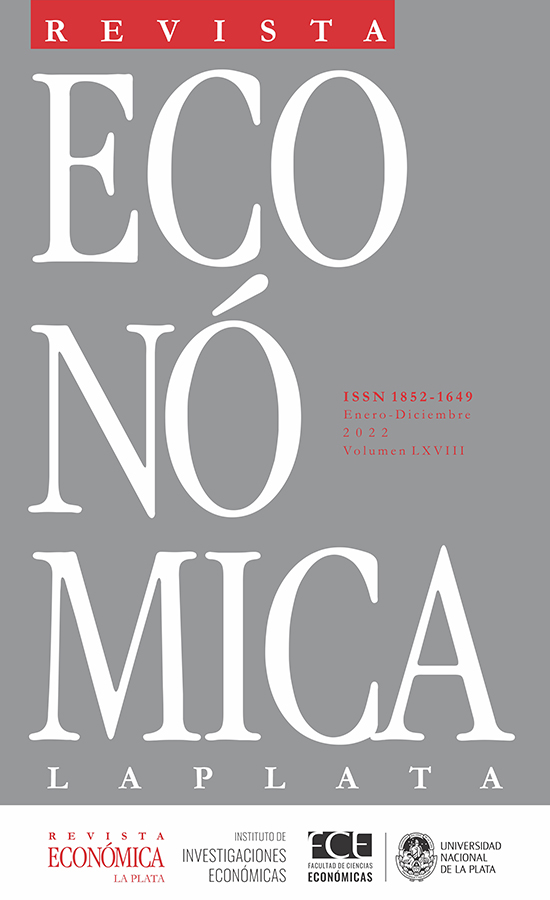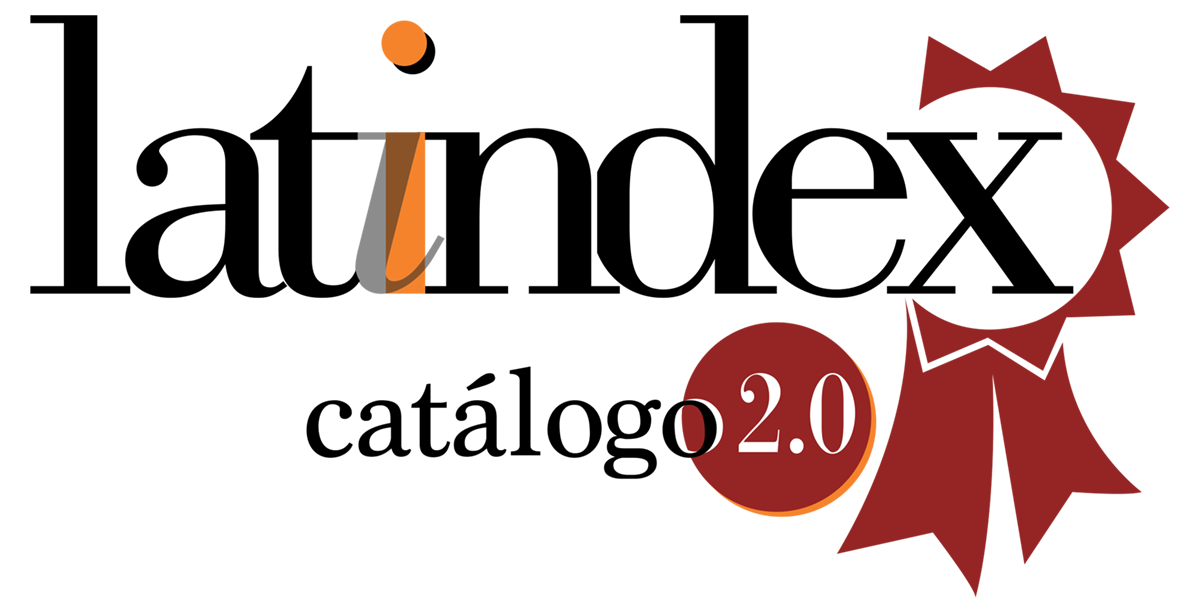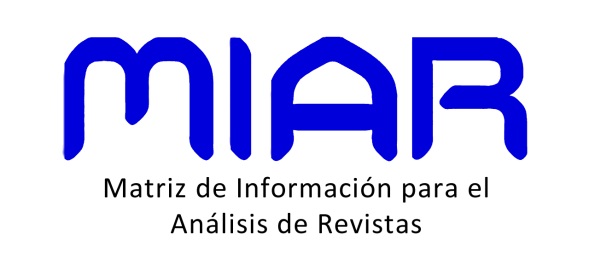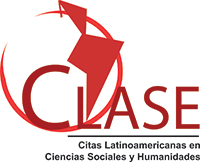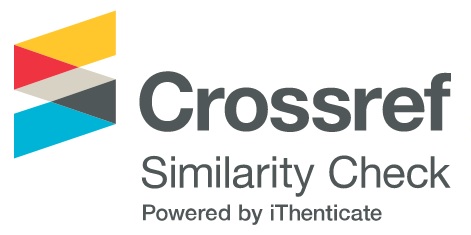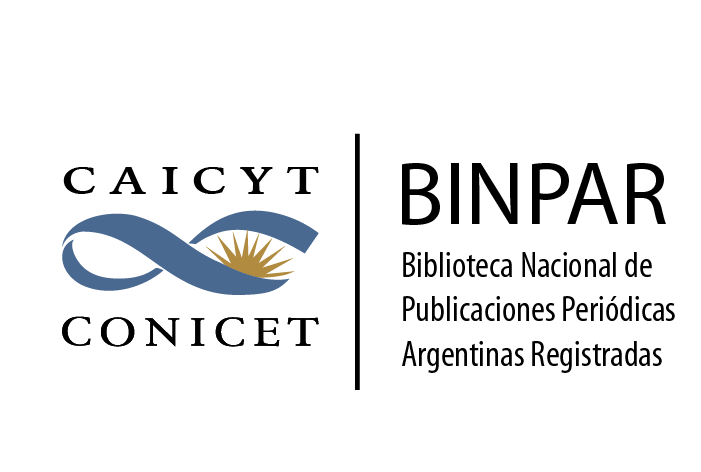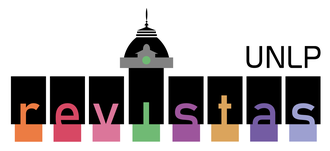Educación y crecimiento económico: considerando no linealidades en la ecuación de Mincer
DOI:
https://doi.org/10.24215/18521649e027Palabras clave:
Ecuación de Mincer, crecimiento, educación, años de estudioResumen
Este trabajo tiene por finalidad estimar el impacto del aumento en los años de estudio de la población en el stock de capital humano y en el crecimiento económico. En base a distintas especificaciones posibles para la ecuación de Mincer, derivamos cotas para la relación entre años de estudio y el stock de capital humano. Utilizando un panel con 99 países, estimamos la relación de largo plazo entre el PBI por trabajador y capital humano mediante el método de MCOD. Concluimos que tanto los años de educación como la calidad de los mismos son determinantes importantes del crecimiento económico.
Descargas
Métricas
Citas
Alejo, J. y Funes, V. (2021). Ecuaciones Salariales de parejas bajo selección muestral bivariada. Una aplicación al caso argentino. Revista de Análisis Económico, 36(1), 3-22.
Becker, G. (1962). Investment in Human Capital: A Theoretical Analysis. Journal of Political Economy, 70(5), 9-49.
Angrist, N., Djankiv, S., Goldberg, P. y Patrinos, H. (2021). Measuring human capital using global learning data. Nature, 592, 403-408.
Altinok, N., Angrist, N. y Patrinos, H. (2018). Global data set on education quality (1965-2015). World Bank Group Policy, WPS 8314.
Barro, R. y Lee, J. (2013). A new data set of educational attainment in the world, 1950-2010. Journal of Development Economics, 104(C), 184-198.
Belzil, C. (2008). Testing the specification of the mincer wage equation. Annales d´Economie et de Statistique (91/92), 427-451.
Benhabib, J. y Spiegel, M. (1994). The role of human capital in economic development: evidence from aggregate cross-country data.Journal of Monetary Economics, 34(2), 143-173.
Bils, M. y Klenow, P. (2000). Does schooling cause growth? American Economic Review, 90(5), 1160-1183.
Boot, J., Feibes, W. y Lisman, J. (1967). Further methods of derivation of quarterly figures from annual data. Applied Statistics, 16(1), 65-75.
Breton, T. (2011). The quality vs. the quantity of schooling: What drives economic growth? Economics of Education Review, 30(4), 765-773.
Choi, I. (2001). Unit root test for panel data. Journal of International Money and Finance, 20(2), 249-272.
Cohen, D. y Soto, M. (2007). Growth and human capital: good data, good results. Journal of Economic Growth, 12(1), 51-76.
Denton, F. (1971). Adjustment of monthly or quarterly series to annuals totals: An approach based on quadratic minimization. Journal of the American Statistical Association, 66(333), 99-102.
Deschenes, O. (2001). Unobserved ability, comparative advantage, and the rising return to education in the United States 1979-2000. Department of Economics.
Feenestra, R., Inklaar, R. y Timmer, M. (2015). The next generation of the Penn World Table. American Economic Review, 105(10), 315-82.
Hanushek, E. (2013). Economic growth in developing countries: The role of human capital. Economics of Education Review, 37(C), 204-212.
Hanushek, E. y Woessmann, L. (2008). The Role of Cognitive Skills in Economic Development. Journal of Economic Literature, 46(3), 607-668.
Jin, S., Phillips, P. y Sun, Y. (2006). A new approach to robust inference in cointegration. Economics Letters, 91(2), 300-306.
Kao, C. y Chiang, M. (2000). On the estimation and inference of cointegrated regression in panel data. En B. Baltagi, Nonstationary Panels, Panel Cointegration, and Dynamic Panels (Advances in Econometrics) (pp. 161-178). JAI Press.
Lindhal, M. y Krueger, A. (2001). Education for Growth: Why and for Whom? Journal of Economic Literature, 39(4), 1101-1136.
Lucas, R. (2014). On the mechanics of economic development. Journal of Monetary Economics, 22(1), 3-42.
Mincer, J. (1974). Schooling, experience, and earnings. National Bureau of Economic Research, Inc.
Montenegro, C. y Patrinos, H. (2014). Comparable estimate of returns to schooling around the worls. The World Bank, Policy Research Working Paper Series n.° 7020.
Pedroni, P. (1999). Critical values for cointegration test in heterogeneous panels with multiple regressors. Oxford Bulletin of Economics and Statistics, 61(S1), 653-670.
Phillip, P. y Moon, H. (1999). Linear regression limit theory for nonstationary panel data. Cowless Foundation for Research in Economics, Yale University, Cowless Foundation Discussion Papers n.°1222.
Poschke, M. (2018). The firm size distribution across countries and skill-biased change in entrepreneurial technology. American Economic Journal: Macroeconomics, 10(3), 1-41.
Pritchett, L. (2001). Where all the education gone? The World Bank Economic Review, 15(3), 367-391.
Psacharopoulos, G. (1985). Returns to education: A further international update and implications. Journal of Human Resources, 20(4), 583-604.
Psacharopoulos, G. (1994). Returns to investment in education: A global update. World Development, 22(9), 1325-1343.
Rodriguez Caro, A. y Dávila Quintana, C. (2001). Análisis comparativo de los métodos de desagregación temporal sin información auxiliar. Revista Electrónica de Comunicaciones y Trabajos de ASEPUMA, 9(1).
Romer, P. (1990). Endogenous technological change. Journal of Political Economy, 98(5), 71-102.
Schultz, T. (1961). Investment in Human Capital. The American Economic Review, 51(1), 1-17.
Vera Rueda, M. J. (2015). En busca de lo inobservable: incorporando habilidades en un modelo A la Mincer. CAF Development Bank of Latinamerica.
World Bank (2020). The Human Capital Index 2020 Update: Human Capital in the Time of COVID-19.
Publicado
Cómo citar
Número
Sección
Licencia
Derechos de autor 2022 Pablo Mahnic

Esta obra está bajo una licencia internacional Creative Commons Atribución-NoComercial-SinDerivadas 4.0.
El material publicado en la revista se distribuye bajo una licencia de Creative Commons de Atribución-NoComercial-SinDerivadas 4.0 Internacional (CC BY-NC-ND 4.0). Esta licencia obliga dar crédito de manera adecuada, brindar un enlace a la licencia, e indicar si se han realizado cambios; no permite hacer uso comercial de la obra; y si se remezclara, transformara o creara otro material a partir de la obra, no permite distribuir esa modificación.

